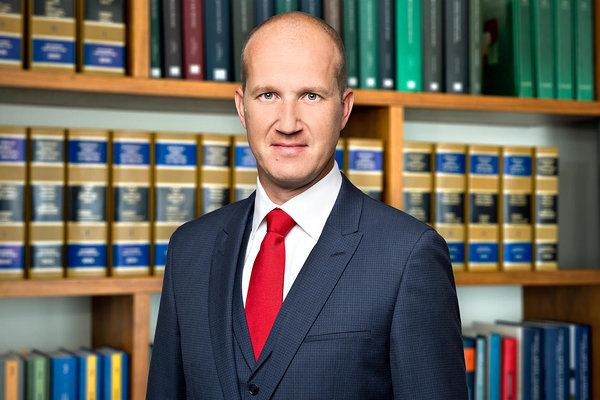Second and third pillar pension: Investment with tax benefits
Estonia’s pensions are set up in a
three-pillar system like most Western European countries apply it.
The
first pillar is the regular state pension, at currently €205/month plus additional
payouts based on years worked, averaging together around €400 a month. This is a
rather meagre amount compared to the apporiximately €1,400 average salary, and
still comes in well below the 2019 minimum salary of €540.
The
second pillar is a mandatory pension account. You contribute 2% of your salary,
with the government adding double that amount to it (i.e. another 4% of your
salary’s worth). Anyone born after 1983 is required to contribute to their
fund, while people born between 1942 and 1982 had the chance to voluntarily
sign up until 31 October 2010. Today, the majority Estonians are contributors.
The
third pillar is a supplementary and voluntary private pension account.
There
has been plenty of debate about whether or not the second pillar should be
mandatory for everyone. One thing is for sure: every Estonian resident would do
well to look at the pros and cons of the second and third pillar.
Second pillar: Get an immediate 25% return on your investment
You’re used to thinking about the second pillar in terms of pensions. But change perspective for a moment and think about it as an investment: Your deposit of 2% of your salary is not taxed, which means an immediate 25% return.Payouts are subject to tax exemption. They are tax free up to €6,000 a year, and a tax exemption applies for up to €25,200 a year.
Third pillar: In addition to 25% immediate return payouts are tax free or enjoy low tax rate
Payments
into the third pillar are tax free up to 15% of your gross income or €6,000/year. The state will
take this into account when calculating your annual tax rebate, paying you back
the according amount.
This
means a financial gain: if you don’t make these contributions, the same amount
of money isn’t tax free, and the state won’t pay it back to you.
Payouts
made from the third pillar are either based on a pension insurance contract
with a life insurance company, or a voluntary pension account with a pension
fund. Once you retire, payouts made out of the third pillar are tax free, or
subject to a reduced rate. Only in exceptional cases is the income tax on
payouts 20%. This represents a significant tax saving.
Summary
Estonia’s current pension system may be seen by many
as a bet on the country’s future success, and not a very safe one considering
potential changes to the system in the future. Still, the tax reductions you’ll
enjoy on your contributions, all in all, represent an immediate 25% return on
your investment in this case.
Payouts
from your third pillar pension insurance contract or your voluntary pension
account in many cases aren't taxed at all, or taxed at the lower 10% rate.
A similarly lower tax rate is currently planned for payouts out of the second
pillar.
Compared
to virtually all other investment vehicles, these returns are nothing to sneeze
at. Personally, I would think twice before deciding not to invest in the second
and third pillars of Estonia's pension system.
